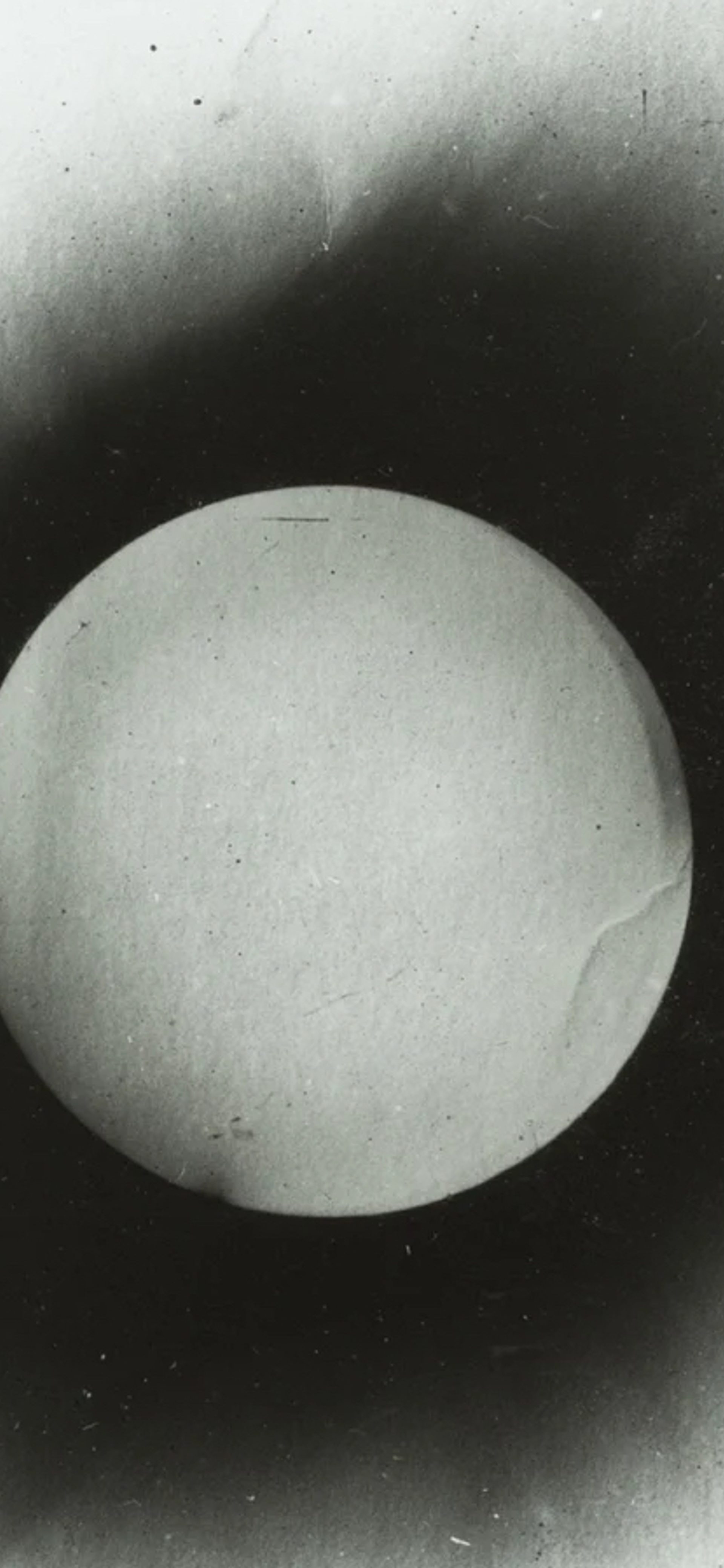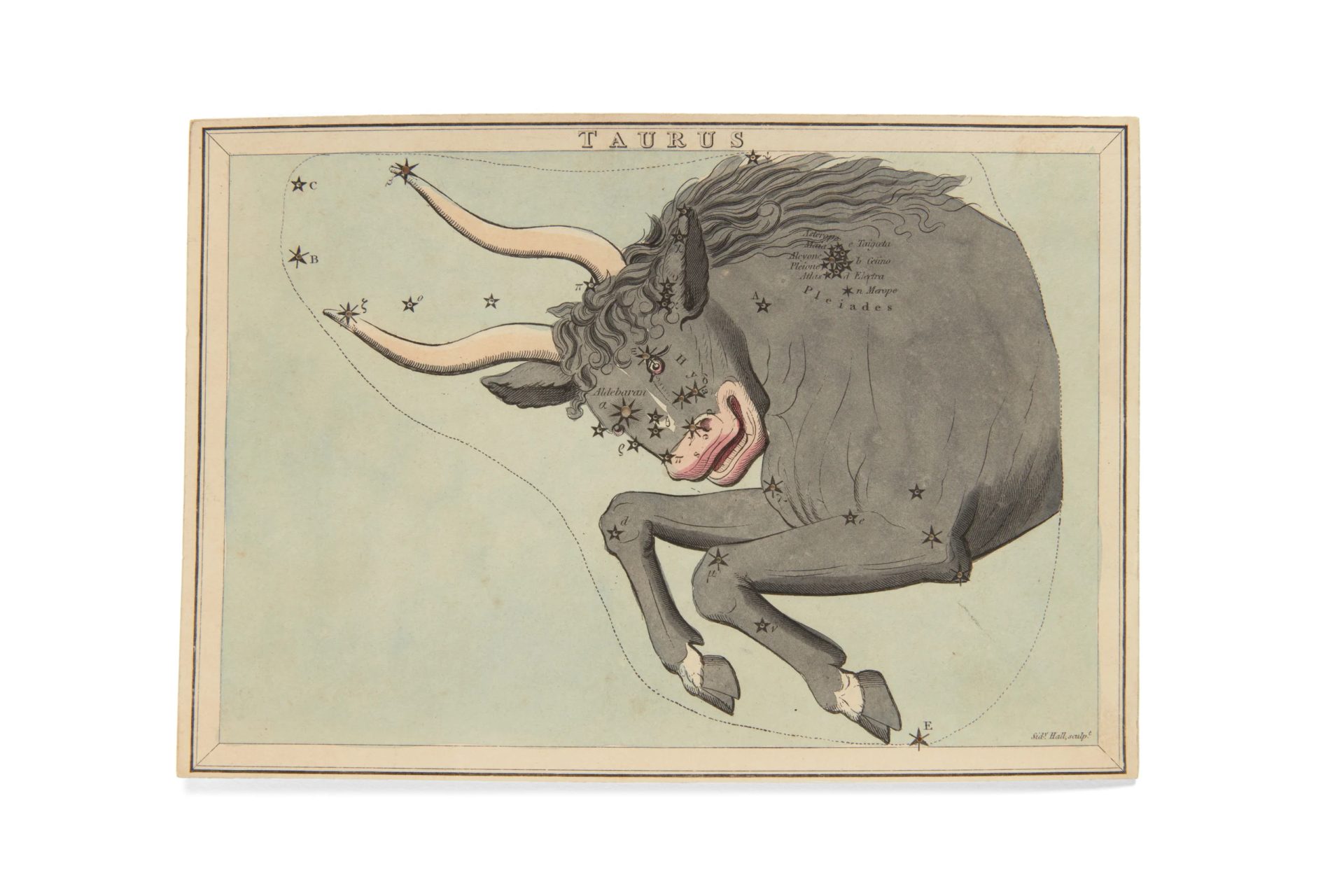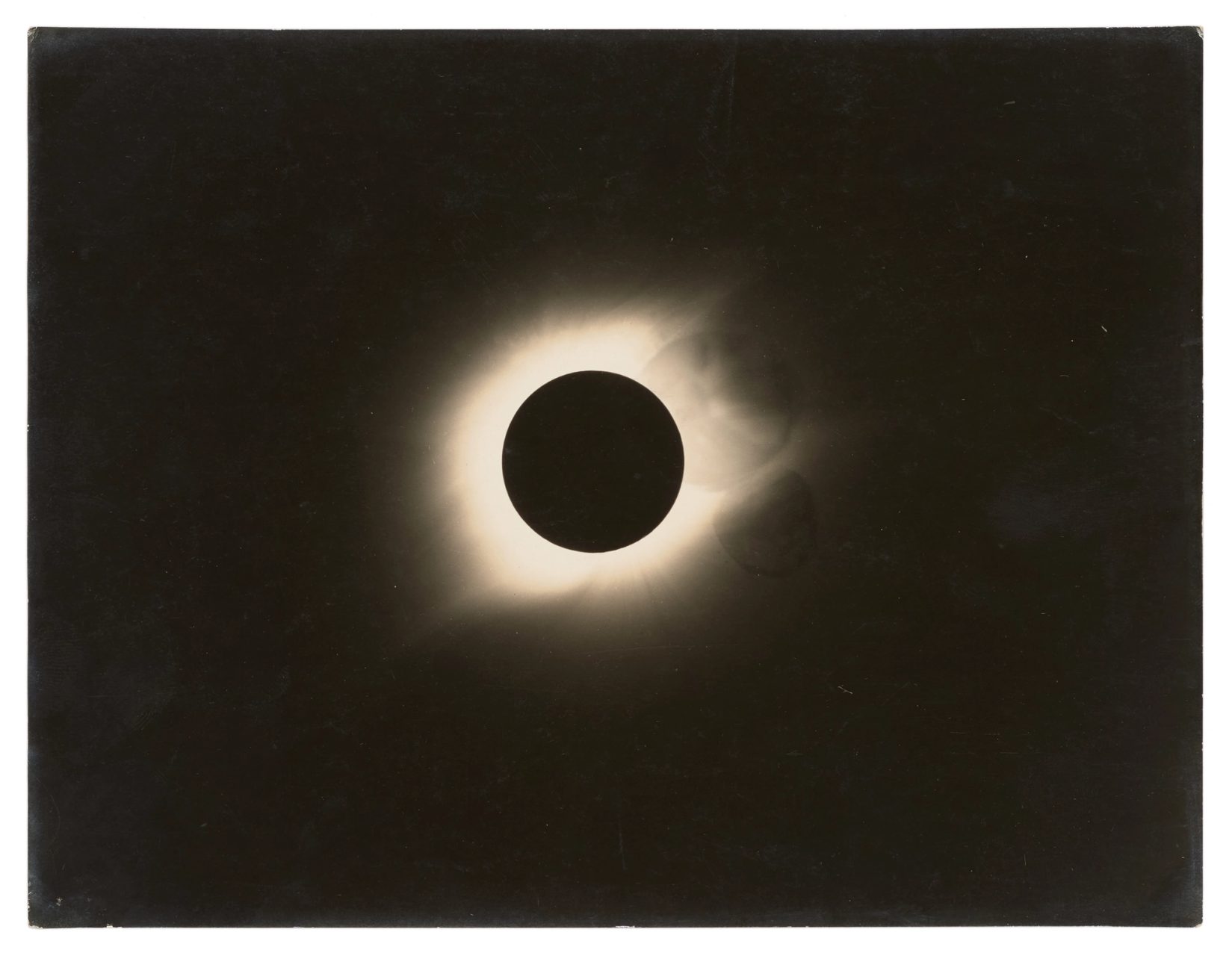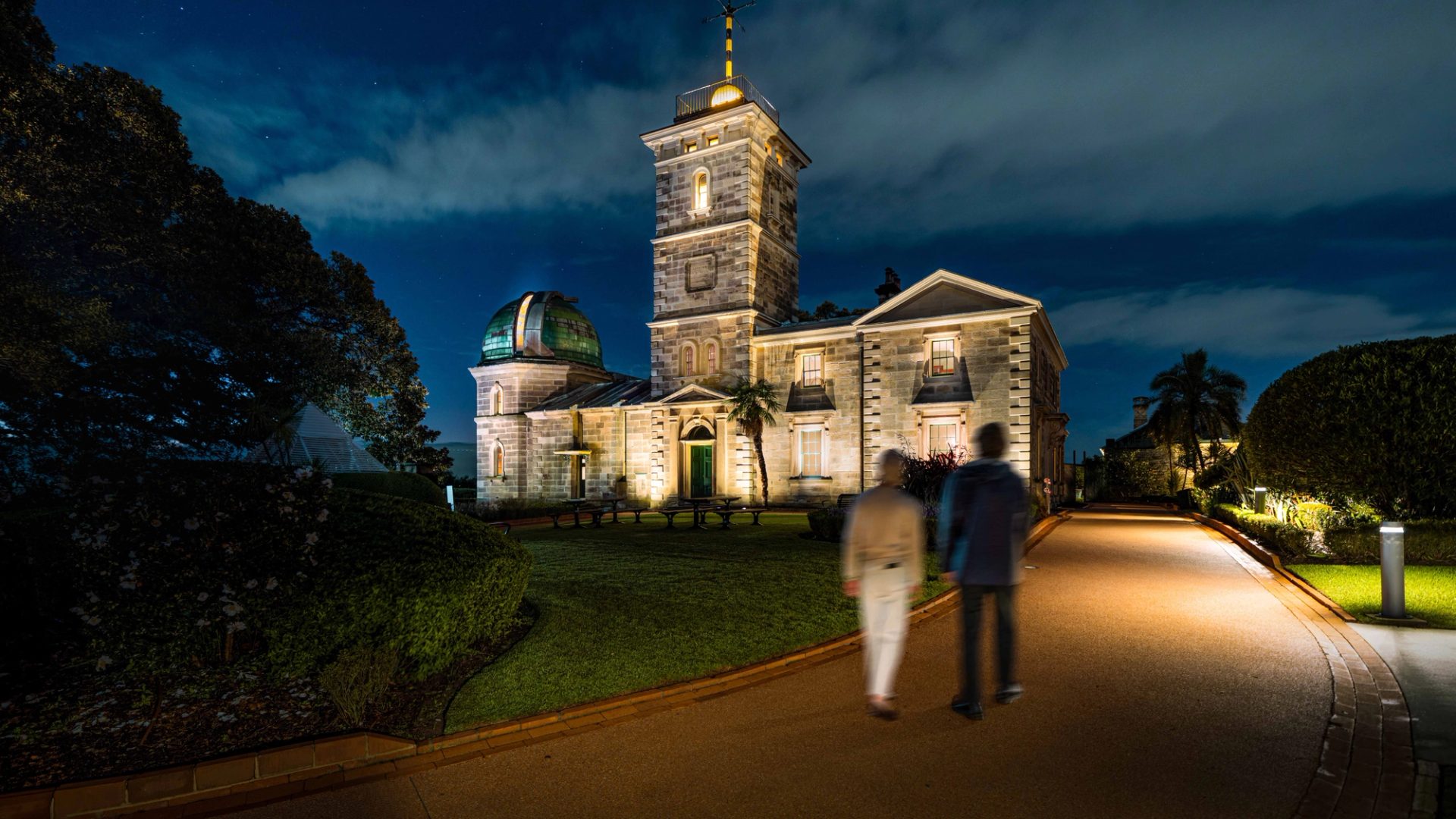Sky Guide December 2023

‘The summer solstice occurs on 22 December this year at 2:27pm. Earth’s axial tilt tips the Southern Hemisphere towards the Sun with the Sun reaching its highest point in the sky around noon. During the summer solstice we experience the longest day, but shortest night, of the year’
On 25 December, as the sky darkens after sunset, look due West to see a very bright Venus, with Saturn above and to the right. In the north-east is a bright Jupiter in the horns of Taurus, the bull. Neptune, not far from Saturn and Uranus (near Jupiter) are also up that evening. Mars joins the party when it rises later in the north-eastern sky.
The Geminids meteor shower is one of the best showers of the year. Its meteors fly across the sky, sometimes colourful, sometimes bursting into fragments like a sparkler. The Moon is down during this time so the sky will be dark and the show will be better. Find a dark location, in a large park or away from city lights, and look towards the north-eastern sky after midnight. Regular meteors should radiate from near the constellation Gemini. They are active from 4–17 December and the best time this year will be the early morning of 15 December, but try also on the early mornings of 16 and 17 December.
Constellations
Constellations represent groups of stars that have been given a name and more recently a border. For millennia they have been used as tools to share significant cultural stories. Today, the 88 constellations used by Western astronomers help them map the sky and search for astronomical objects. This December the following constellations dominate the summer sky.
Orion the hunter dominates the December north-eastern sky. One of the most well-known non-zodiac constellations, its famous three-star belt lies very close to the celestial Equator. These stars also make the base of what many Australians refer to as the base of the saucepan. Within the handle of the saucepan, a nebula around 1350 light years away is one of the first things to look at through a telescope. Known as M42 or the Orion Nebula, it contains enough gas and dust to make as many as 2000 stars like the Sun.
Taurus the bull is in the north and is possibly the oldest Western constellation. It has the bright red dying star of Aldebaran and the stunning open cluster known as M45 or the Pleiades, a group of very young stars about 445 light years away. Below the horns is the remnant of a star that exploded as a supernova in 1054. It is now called M1 or the Crab Nebula. For the best view you'll need a large telescope and clear northerly view.
Eridanus stretches high across the southern evening sky. Eridanus is one of Ptolemy’s original 48 constellations and represents a river, which begins near the constellation of Orion and ends at the brilliant Achernar, a blue-white star shining at magnitude 0.5 that spins so quickly it is the least spherical star known in the Milky Way galaxy.
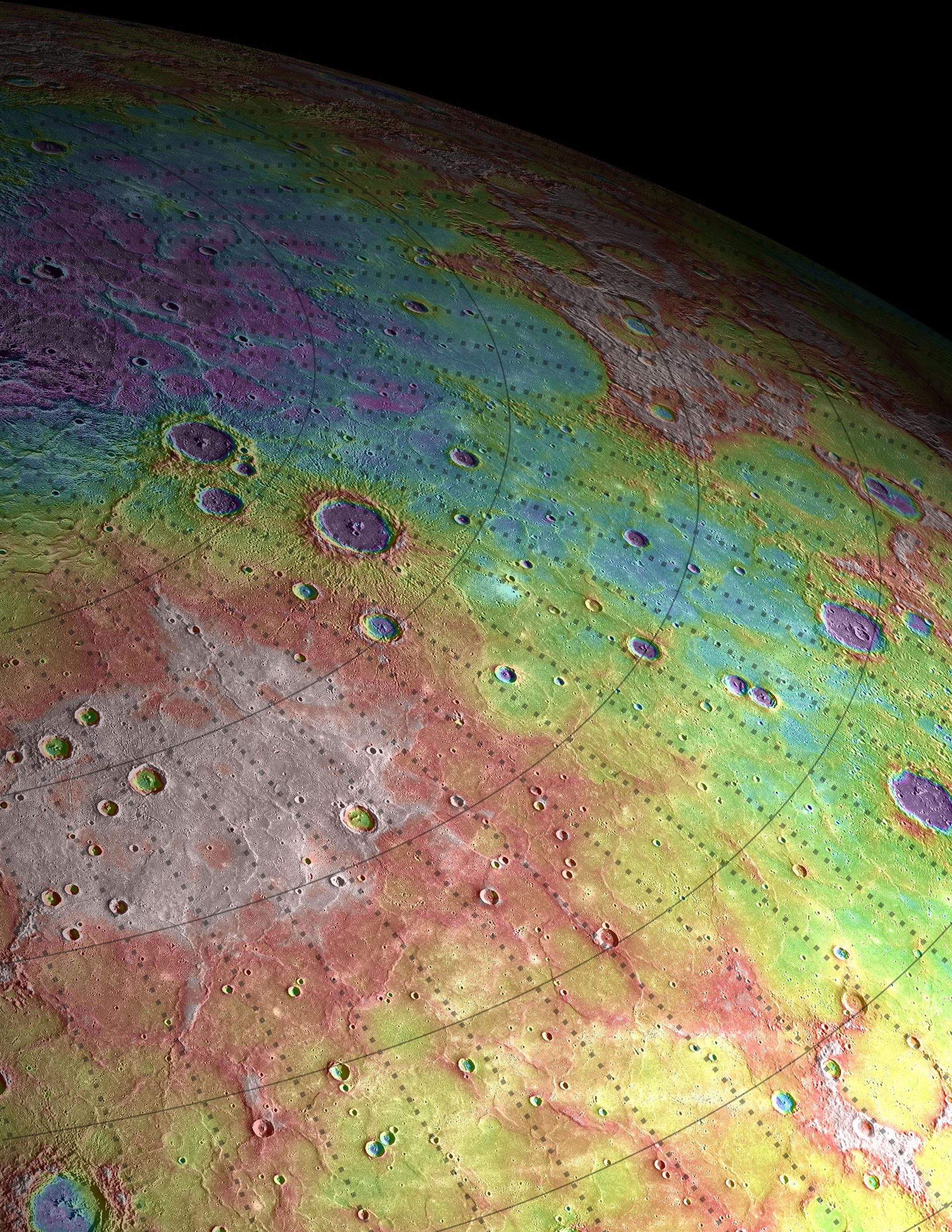
Planets
This month Mercury, Jupiter and Saturn can be seen in the evening sky. Only Venus can be seen in the morning sky.
Mercury the smallest planet begins the month low in the south-western sky in Sagittarius. It drops into the twilight and disappears by mid-December.
Jupiter the king of planets is very bright and pale yellowish. Jupiter begins the month in the north-eastern and northern sky in the constellation of Aries. During the night it swings over to the west, where it sets during the early hours of the morning. A gibbous Moon sits below Jupiter on the 22nd.
Saturn the ringed gas giant is yellowish but relatively faint in the western sky in constellation Aquarius. The rings of Saturn currently look quite narrow as Earth’s point of view means we're seeing them edge-on. The rings just aren’t reflecting much sunlight back our way, so Saturn appears much fainter than it did a few years ago. On the 17th a crescent Moon is to the left of Saturn and on the 18th to the right.
Venus shining brightly in the eastern sky before dawn moves from Virgo into Libra during the month. On the 10th a waning crescent Moon sits just to the right of Venus.
Moon
Last quarter – Tuesday 5 December at 4:49pm AEDT
New Moon – Wednesday 13 December at 10:32am AEDT
First quarter – Wednesday 20 December at 5:39am AEDT
Full Moon – Wednesday 27 December at 11:33am AEDT
Looking ahead to 2024
It’s December and a whole new year is beckoning. Let’s have a look ahead at the big astronomical events of 2024.

This popular guide by astronomer and author Dr Nick Lomb provides stargazers with everything they need to know about the southern night sky. It contains the latest information on the solar system, historical features, monthly sky maps, details of the year’s exciting celestial events and viewing tips for city dwellers. Wherever you are in Australia or New Zealand, easy calculations allow you to estimate local rise and set times for the Sun, Moon and planets. The 2024 Australasian Sky Guide also includes a feature by Uncle Ghillar Michael Anderson on the stars and Euahlayi Law.










